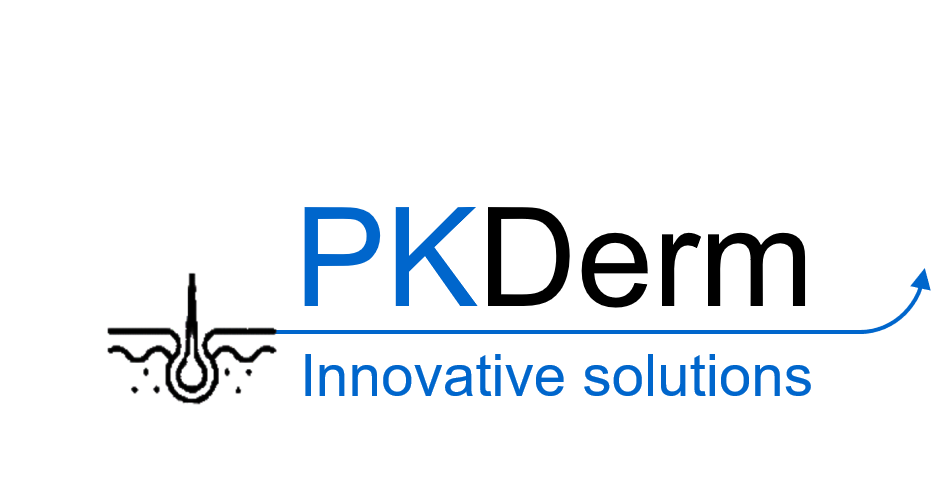In Silico Models to Predict the Disturbance of Thyroid Hormone Homeostasis by Small Molecules
Disruption of the thyroid hormone homeostasis has been associated with adverse health effects such as thyroid tumors in rats, and goiter and impaired mental development in humans. [1][2] The ability to predict the effects of substances on thyroid hormone homeostasis is therefore important for the development of pesticides, cosmetics and drugs. In vitro and in silico methods are currently being explored as alternatives to animal experiments in this area but are still in an early stage of development. The aim of this work was the development of a battery of in silico models for a set of eight targets relevant to thyroid hormone homeostasis: deiodinases 1, 2 and 3 (DIO1, DIO2 and DIO3), thyroid peroxidase (TPO), thyroid hormone receptor (TR), sodium/iodide symporter (NIS), thyrotropin-releasing hormone receptor (TRHR), and thyroid-stimulating hormone receptor (TSHR). The training data sets were compiled from the ToxCast database and related scientific literature. Several machine learning methods (including random forest, support vector machine and neural networks) were trained on physicochemical descriptors and fingerprints and evaluated on holdout data. To overcome the problem of the imbalanced data sets (small percentage of active compounds), these methods were combined with three data balancing techniques. Furthermore, multi-task neural networks, trained on combinations of several endpoint’s data sets, were investigated as a possible way to improve the predictivity of endpoints with few experimental data. [3][4] Classifiers for TPO and TR performed particularly well, with F1 scores of 0.83 and 0.81 on the holdout data set, respectively. For the other thyroid-related targets, models yielded F1 scores of up to 0.77. An in-depth analysis of the reliability of predictions was performed for the most relevant models.
Literature:
[1] Kim, W. G.; Cheng, S. Y., Thyroid Hormone Receptors and Cancer. Biochim. Biophys. Acta 2013, 1830, 3928-3936.
[2] De Cock, M.; Maas, Y. G.; Van De Bor, M., Does Perinatal Exposure to Endocrine Disruptors Induce Autism Spectrum and Attention Deficit Hyperactivity Disorders? Review. Acta paediatr. 2012, 101, 811-818.
[3] Caruana, R., Multitask Learning. Mach. Learn. 1997, 28, 41-75.
[4] Wenzel, J.; Matter, H.; Schmidt, F., Predictive Multitask Deep Neural Network Models for ADME Tox Properties: Learning from Large Data Sets. J. Chem. Inf. Model. 2019, 59, 1253-1268.


